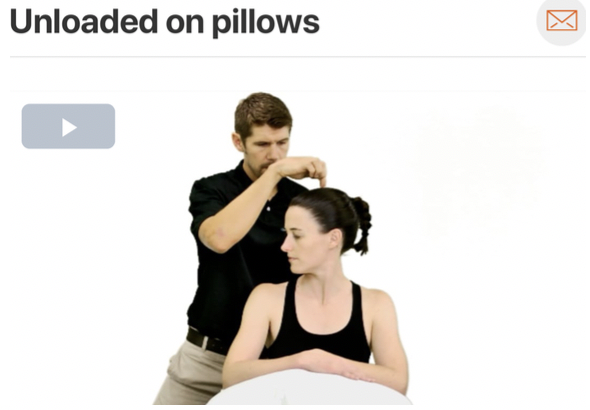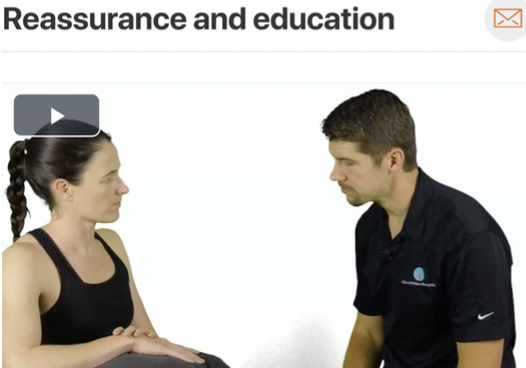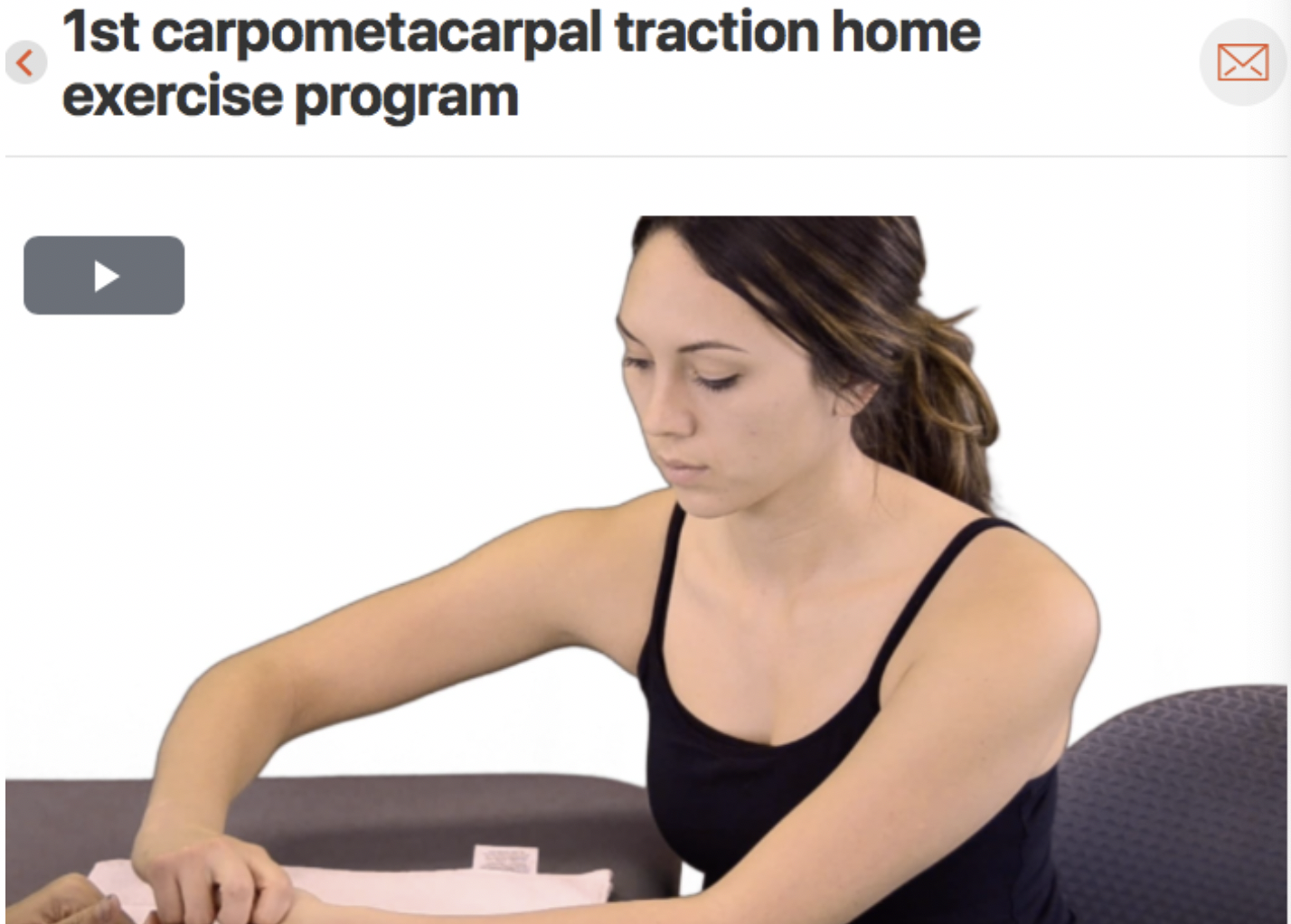Neck Pain with Movement Coordination Impairments
If a patient presents to clinic after a traumatic event such as a motor vehicle accident with neck pain and potentially back, shoulder, or arm pain, it is likely that they suffer from whiplash syndrome! For more clinical findings click here!
Anatomy
Special Test
Research shows that motor control of the deep neck flexors is impaired in individuals with whiplash. The craniocervical flexion test is an excellent and reliable exam for evaluating deep neck flexor function Don’t forget to look for compensations! (Click image to watch 1-2 minute video)
Clinical Side Note: If cervical spine ligamentous instability or vertebral artery insufficiency cannot be ruled out during subjective examination, it is imperative to assess for these conditions prior to further cervical spine examination! (Click here to see how this is done)
Treatment/Therapeutic Exercise
If deep neck flexor endurance proves to be insufficient then the craniocervical flexion test or deep neck flexor endurance test can become a treatment option. Research also demonstrates that individuals with whiplash have impaired proprioception with respect to cervical movement. Use of pillows to unload sensitive structures while performing gentle range of motion exercises can help to improve this proprioceptive deficit! (Click image to watch 1-2 minute video)
Education
Education is perhaps the most important part of the rehabilitation process for individuals with whiplash. Considering that research demonstrates a significant likelihood of chronic pain occurrence in individuals with whiplash secondary to a motor vehicle accident, it is imperative that the patient is educated properly in order to intervene in this cycle. (Click image to watch 1-2 minute video)
























